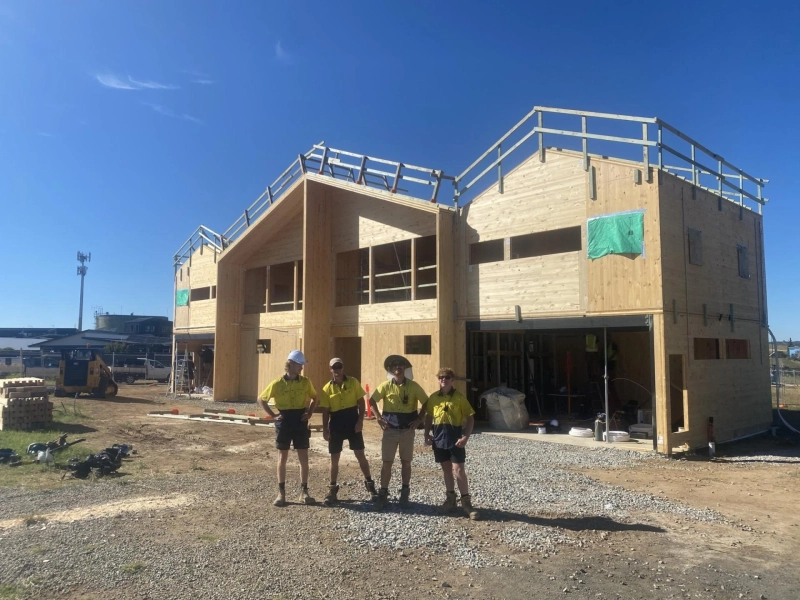Introduction
In recent years, there has been a growing interest in sustainable construction methods that minimize environmental impact without compromising structural integrity. Mass timber construction has emerged as a promising solution, offering a host of benefits that go beyond traditional building materials. In this article, we\'ll explore the advantages of mass timber construction and delve into the concept of mass timber as a game-changer in the construction industry.
Understanding Mass Timber
Mass timber is a category of engineered wood products that includes cross-laminated timber (CLT), glued-laminated timber (glulam), and nail-laminated timber (NLT). These prefabricated wood panels are composed of layers of lumber stacked and bonded together to create large structural elements. Mass timber offers exceptional strength, durability, and fire resistance, making it an ideal alternative to conventional building materials such as concrete and steel.
Benefits of Mass Timber Construction
- Environmental Sustainability: Mass timber construction is inherently eco-friendly, as it utilizes renewable and sustainable resources. By sequestering carbon dioxide and reducing greenhouse gas emissions, mass timber helps mitigate climate change and promotes a healthier planet.
- Energy Efficiency: Mass timber buildings exhibit excellent thermal performance, resulting in reduced heating and cooling costs. The inherent insulating properties of wood contribute to energy-efficient designs that prioritize occupant comfort and sustainability.
- Rapid Construction: Mass timber construction enables faster build times compared to traditional methods, thanks to off-site fabrication and modular assembly. This accelerated construction process minimizes project timelines, reduces onsite disruptions, and enhances overall efficiency.
- Design Flexibility:Mass timber offers architects and designers unparalleled design freedom, allowing for innovative and creative building solutions. From soaring timber structures to intricate geometric forms, mass timber enables the realization of architectural visions that were once thought impossible.
- Seismic Resilience: Mass timber buildings have demonstrated excellent seismic performance, thanks to the inherent strength and ductility of wood. Engineered to withstand seismic forces, mass timber structures provide enhanced safety and resilience in earthquake-prone regions.
Case Studies and Success Stories:
Highlighting real-world example of benefits of mass timber construction projects can illustrate the practical application and effectiveness of this innovative building method. Case studies such as the T3 Minneapolis office building and the Brock Commons Tallwood House at the University of British Columbia showcase the sustainability, efficiency, and beauty of mass timber construction.
Conclusion:
As the demand for sustainable building solutions continues to rise, mass timber construction has emerged as a frontrunner in the quest for environmentally friendly and resilient architecture. With its myriad benefits and proven performance, mass timber offers a compelling alternative to traditional construction methods, ushering in a new era of sustainable building design and construction.



